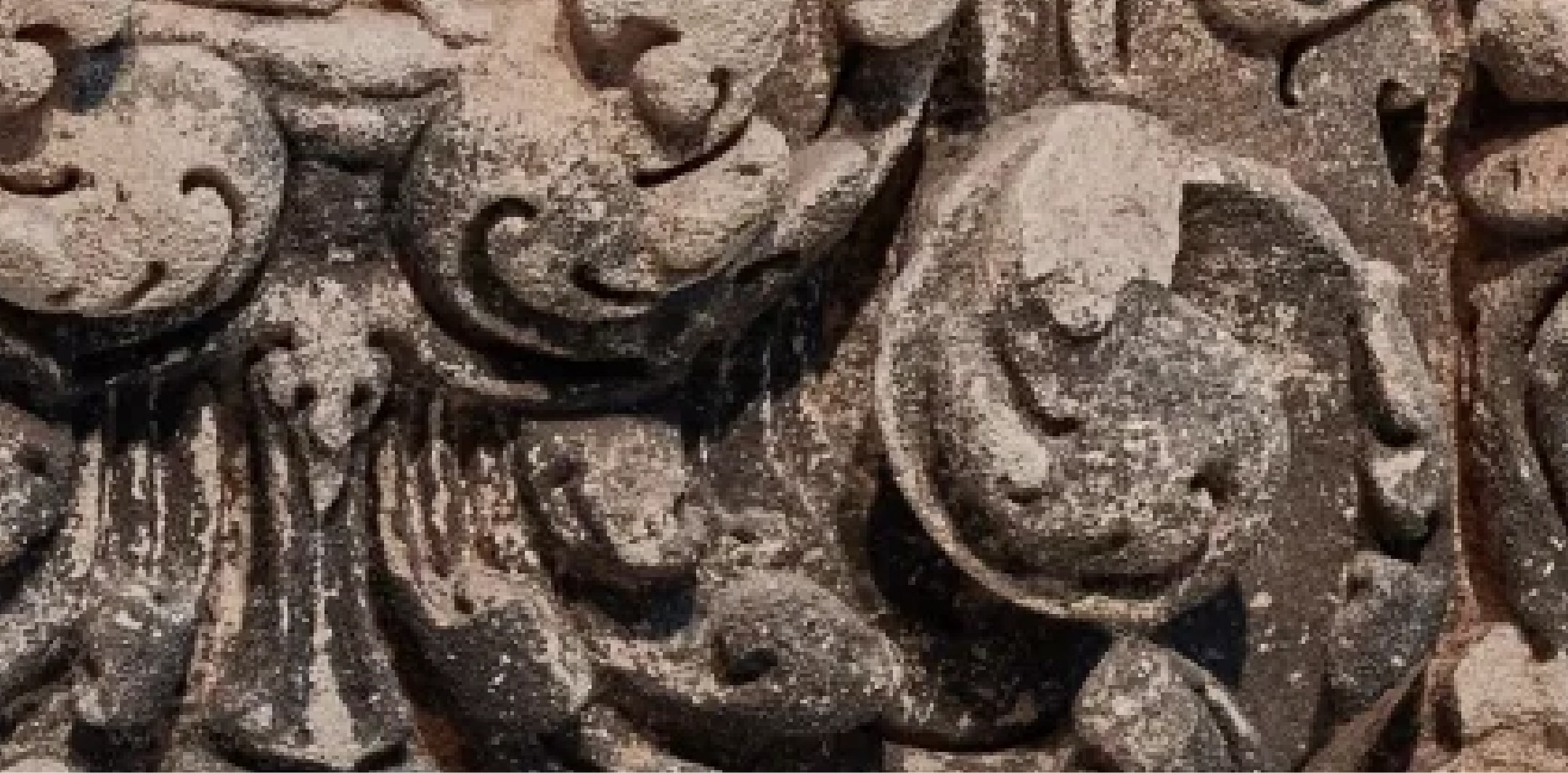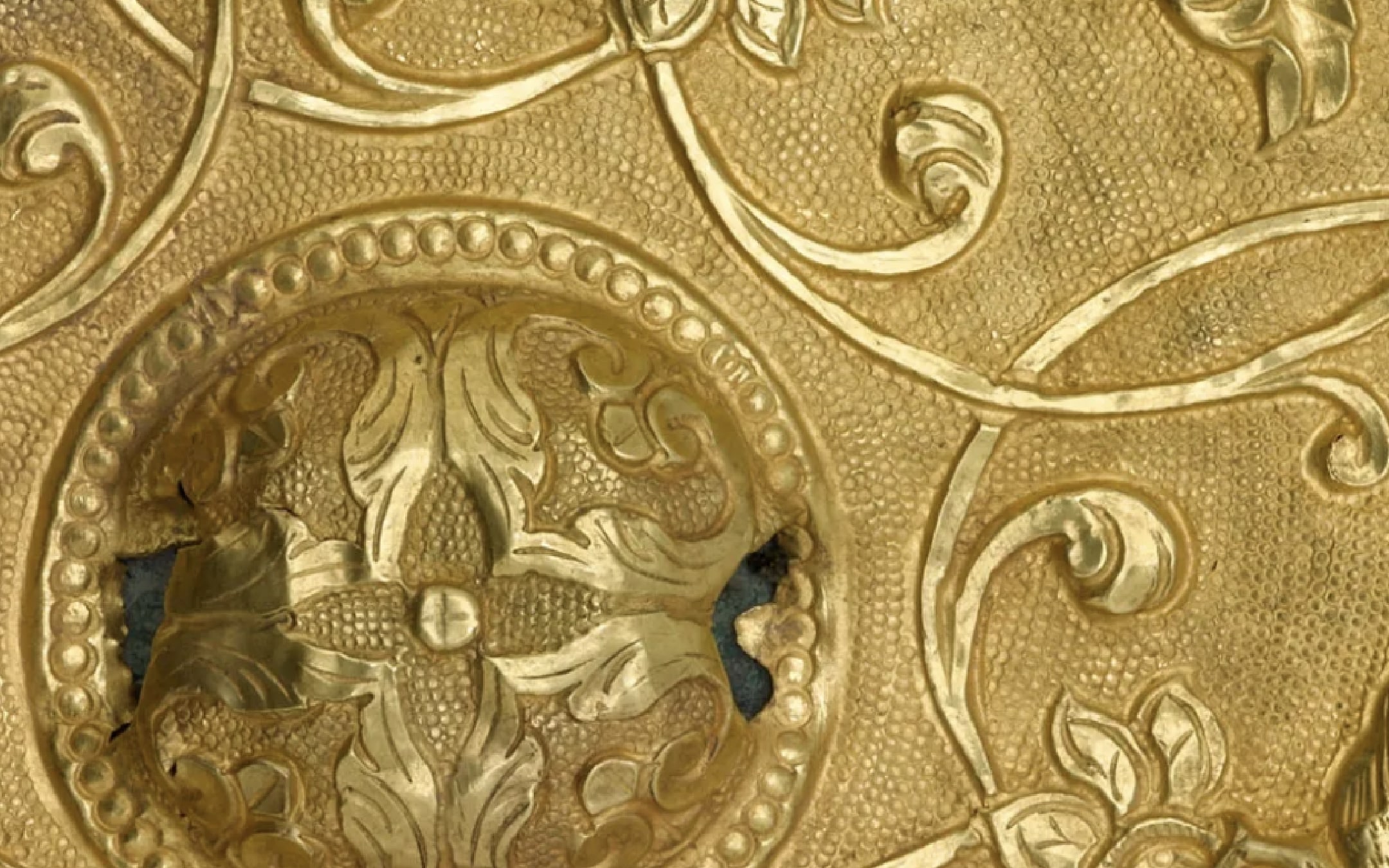Zen Aphorism

Terms of Use
Usage Conditions ApplyAt A Glance
-
Period
Edo period -
Geography
Japan -
Material
Ink on paper -
Dimension
H x W (overall): 173.6 x 33.5 cm (68 3/8 x 13 3/16 in) -
Accession Number
FSC-PA-230a-c -
EDAN ID
edanmdm:fsg_FSC-PA-230a-c
Object Details
-
Artist
Hakuin Ekaku 白隠慧鶴 (1685-1768) -
Description
Inscribed as a single line of characters enclosed within a light ink line is a Zen Buddhist aphorism which may be translated, "Through sharp discipline, the ancients prosper brilliantly." -
Inscriptions
1. (Ann Yonemura, 9/26/03, From Acquisition Consideration Report)The Zen master Hakuin Ekaku (1685-1768) is identified by three seals: at upper right, a relief seal reading "Ryu [ ] sen ten;" at lower left, a square seal reading "Ekaku" and a tripod-shaped seal reading "Hakuin." The storage box for this scroll carries an inscription dated October 1960 indicating that the scroll was presented as a gift to the Tsurugibashi Buddhist Association. The inscription is signed by Sokan, Chief Priest of the Myokozenji in Owari Prefecture.2. (Elizabeth F. Duley, 11/21/03) -
Provenance
To 2003Elizabeth ten Grotenhuis, Cambridge, Massachusetts. [1]From 2003Freer Gallery of Art, gift of Elizabeth ten Grotenhuis, Cambridge, Massachusetts. [2]Notes:[1] See Curatorial Remark 1 in the object record.[2] See note 1. -
Collection
Freer Study Collection -
Previous custodian or owner
Elizabeth ten Grotenhuis -
Origin
Japan -
Credit Line
Gift of Elizabeth ten Grotenhuis and Merton C. Flemings -
Type
Calligraphy -
Restrictions and Rights
Usage Conditions Apply
There are restrictions for re-using this media. For more information, visit the Smithsonian's Terms of Use page.
The information presented on this website may be revised and updated at any time as ongoing research progresses or as otherwise warranted. Pending any such revisions and updates, information on this site may be incomplete or inaccurate or may contain typographical errors. Neither the Smithsonian nor its regents, officers, employees, or agents make any representations about the accuracy, reliability, completeness, or timeliness of the information on the site. Use this site and the information provided on it subject to your own judgment. The National Museum of Asian Art welcomes information that would augment or clarify the ownership history of objects in their collections.
Keep Exploring
-
Related Resources
-
Date
-
Name
-
Place
-
Topic
-
Culture
-
Object Type

